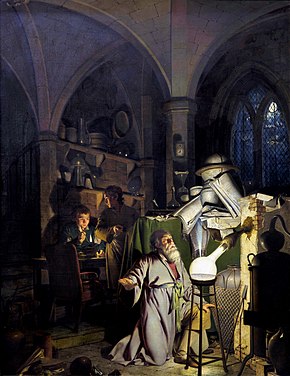Our website is made possible by displaying online advertisements to our visitors.
Please consider supporting us by disabling your ad blocker.
Philosopher's stone

The philosopher's stone[a] is a mythic alchemical substance capable of turning base metals such as mercury into gold or silver;[b] it was also known as "the tincture" and "the powder". Alchemists additionally believed that it could be used to make an elixir of life which made possible rejuvenation and immortality.[1][2]
For many centuries, it was the most sought-after goal in alchemy. The philosopher's stone was the central symbol of the mystical terminology of alchemy, symbolizing perfection at its finest, divine illumination, and heavenly bliss. Efforts to discover the philosopher's stone were known as the Magnum Opus ("Great Work").[3]
Cite error: There are <ref group=lower-alpha> tags or {{efn}} templates on this page, but the references will not show without a {{reflist|group=lower-alpha}} template or {{notelist}} template (see the help page).
- ^ "philosopher's stone". Britannica. Encyclopedia Britannica. 13 May 2024. Archived from the original on 17 May 2024. Retrieved 17 May 2024.
- ^ Highfield, Roger. "A history of magic: Secrets of the Philosopher's Stone". The British Library. Archived from the original on 20 October 2020. Retrieved 27 August 2020.
- ^ Heindel, Max (June 1978). Freemasonry and Catholicism: an exposition and Investigation. Rosicrucian Fellowship. ISBN 0-911274-04-9. Archived from the original on 10 July 2006. Retrieved 7 July 2006.
Previous Page Next Page


